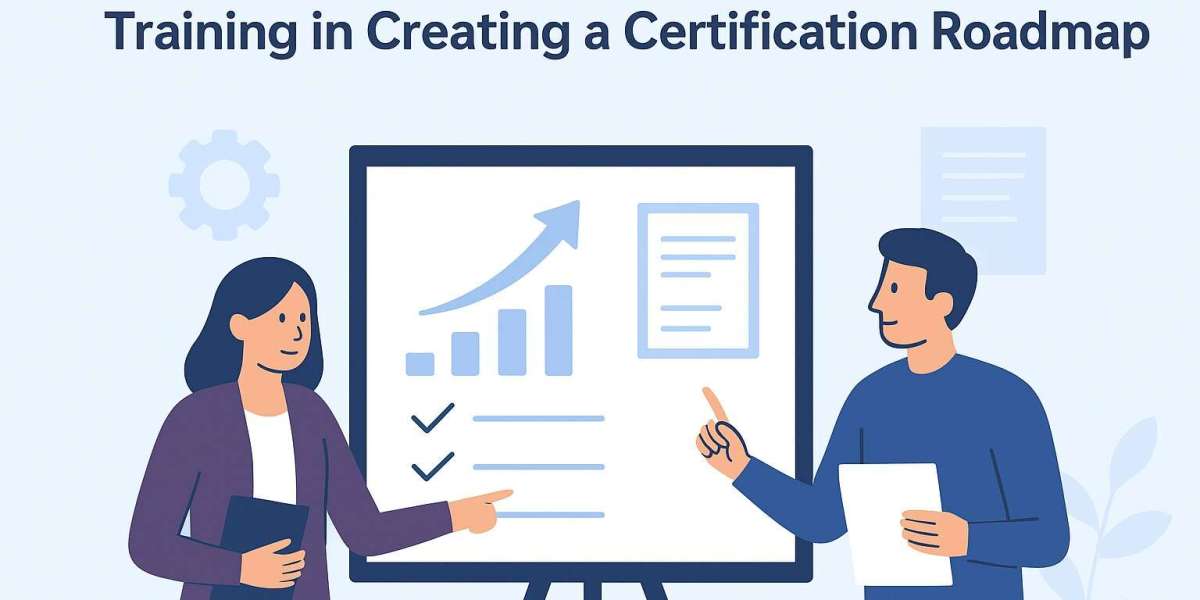In today’s energy-conscious world, organizations are under constant pressure to reduce energy consumption, cut costs, and meet sustainability commitments. To achieve these goals effectively, a structured and certified Energy Management System (EnMS) becomes essential. This is where ISO 50001 Lead Implementer Training plays a crucial role — it not only builds technical and managerial expertise but also helps professionals design a clear roadmap toward successful ISO 50001 certification.
Understanding the Purpose of ISO 50001 Lead Implementer Training
The ISO 50001 Lead Implementer Training is designed for individuals and professionals who are responsible for planning, implementing, maintaining, and improving an energy management system in line with ISO 50001 standards. It goes beyond theoretical understanding by providing practical tools, templates, and methodologies that guide participants through every stage of implementation — from initial energy review to final certification.
Through this training, participants learn how to interpret ISO 50001 requirements, assess organizational energy performance, and identify opportunities for improvement. More importantly, the course develops leadership and project management skills, which are vital when steering an organization toward certification readiness.
Creating a Roadmap for ISO 50001 Certification
A well-structured certification roadmap ensures that the ISO 50001 implementation journey is efficient, compliant, and measurable. The ISO 50001 Lead Implementer Training teaches participants how to create and manage this roadmap systematically.
Here’s how the training supports each phase of the certification roadmap:
- Initial Assessment and Gap Analysis
Before any certification journey begins, an organization must understand where it currently stands in terms of energy management. During the training, learners are guided through methods to perform energy audits and conduct gap analyses. This helps identify areas where the organization’s current practices differ from ISO 50001 requirements.
- Planning and Documentation
Documentation is the foundation of a successful EnMS. The training emphasizes how to develop energy policies, objectives, performance indicators, and action plans aligned with ISO 50001. Participants gain the knowledge to prepare the right documentation structure, ensuring that it supports both compliance and continual improvement.
- Implementation of Energy Controls and Processes
The ISO 50001 Lead Implementer Training focuses on translating energy policies into practical actions. Trainees learn to establish operational controls, monitor key energy performance metrics, and ensure that employees at all levels are aware of their roles in the EnMS. This step bridges the gap between planning and real-world application.
- Monitoring, Measurement, and Internal Auditing
To maintain consistency and demonstrate progress, organizations must regularly monitor energy use and measure outcomes. The training teaches participants how to set up monitoring systems, track key performance indicators (KPIs), and conduct internal audits to evaluate system effectiveness — all of which are essential milestones in the certification roadmap.
- Management Review and Certification Preparation
As the final step, the course prepares participants to coordinate management reviews and ensure all documentation and evidence are audit-ready. The ISO 50001 Lead Implementer Training provides detailed guidance on communicating with external certification bodies, managing audit findings, and maintaining continual compliance even after certification.
Benefits of Developing a Certification Roadmap Through Training
A structured certification roadmap offers multiple benefits for organizations. It improves clarity, reduces implementation risks, and ensures that energy performance goals are achieved systematically. Professionals who complete ISO 50001 Lead Implementer Training are better equipped to:
- Align energy management goals with business objectives.
- Avoid costly delays and errors during certification audits.
- Enhance collaboration among departments involved in energy performance.
- Build confidence in maintaining long-term compliance and improvement.
Furthermore, enrolling in an ISO 50001 Lead Implementer Training Online Course provides added flexibility and accessibility. Professionals can learn at their own pace while applying real-time knowledge to their ongoing energy management projects. This online learning approach ensures that individuals from diverse industries — manufacturing, construction, IT, or public sectors — can participate without disrupting their professional commitments.
Empowering Energy Leaders for Certification Success
Certification to ISO 50001 is more than just a compliance exercise — it’s a strategic move toward operational excellence and environmental stewardship. The ISO 50001 Lead Implementer Training equips participants with the skills and confidence needed to lead this transformation. It ensures they not only understand the standard but can also build a practical and achievable roadmap for certification and long-term energy efficiency.
Conclusion
In conclusion, ISO 50001 Lead Implementer Training serves as the cornerstone for organizations aiming to achieve and sustain ISO 50001 certification. It empowers professionals to design and execute a well-defined certification roadmap that covers every stage — from gap analysis to continual improvement. By gaining structured knowledge and practical skills, participants can lead energy management initiatives that drive measurable efficiency and long-term sustainability.



